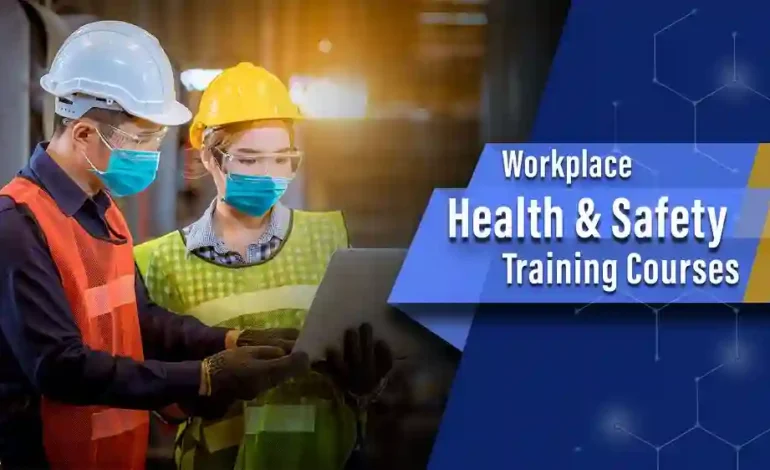
Workplace Emergency Health Basics: Immediate Crisis Care
In today’s fast-paced work environments, emergency health situations can arise without warning. Being prepared for these situations with immediate crisis care is not just a responsibility of the employer, but a collective commitment to workplace safety and well-being. This comprehensive approach involves equipping employees with the basic knowledge and skills to respond effectively to emergencies, potentially saving lives and minimizing injuries.
Understanding the Importance of Immediate Crisis Care
The initial response to any workplace emergency can significantly impact the outcome. Whether it’s a medical incident, an accident, or a sudden health crisis, the first few minutes are critical. Immediate crisis care in the workplace involves quick, effective actions that stabilize the situation until professional medical help arrives.
Key Elements of Workplace Emergency Health
- First Aid Training: Essential first aid skills, including CPR, wound care, and how to handle specific emergencies like choking or burns, are crucial. This training should be accessible to all employees.
- Emergency Response Planning: A well-articulated emergency response plan tailored to the specific risks of the workplace is essential. This plan should be regularly reviewed and updated.
- AED Accessibility: Automated External Defibrillators (AEDs) can be lifesaving in cases of cardiac arrest. Ensuring these are available and employees are trained in their use is vital.
- Mental Health First Aid: Recognizing and responding to mental health crises, such as panic attacks or acute stress reactions, should also be part of emergency health training.
Implementing Immediate Crisis Care in the Workplace
- Regular, Inclusive Training: Conduct regular training sessions that are mandatory for all employees. This ensures everyone is prepared to respond in an emergency.
- Clear Communication Channels: Establish and maintain clear communication channels for reporting emergencies.
- Drills and Simulations: Regular drills help employees stay familiar with the emergency response plan and practice their skills in a controlled environment.
- Creating a Culture of Safety: Encourage a workplace culture that prioritizes safety and health, where employees feel responsible for not only their safety but also that of their colleagues.
Challenges in Workplace Emergency Health
- Ensuring Participation: Getting full participation in training and drills can be challenging, especially in diverse work environments.
- Resource Allocation: Budget constraints can limit the availability of comprehensive training and emergency equipment.
- Skill Retention: Employees must retain their emergency response skills, which can diminish over time without practice.
- Balancing Immediate Care with Professional Medical Help: Employees should understand the limits of their training and when to seek professional medical assistance.
Benefits of Immediate Crisis Care in the Workplace
- Reduced Severity of Injuries: Prompt response can significantly reduce the severity of injuries and improve recovery outcomes.
- Enhanced Employee Confidence: Knowing how to handle emergencies increases employee confidence and morale.
- Decreased Workplace Disruptions: Efficient emergency response can reduce the downtime associated with workplace incidents.
- Compliance with Health and Safety Regulations: Adhering to health and safety standards helps avoid legal issues and penalties.
Leadership’s Role in Emergency Health Preparedness
Leaders must take an active role in emergency health preparedness by:
- Promoting Training and Awareness: Leadership should encourage participation in training and awareness programs.
- Providing Resources: Allocate necessary resources for training, equipment, and regular updates to emergency plans.
- Leading by Example: Leaders should participate in training and drills, demonstrating their commitment to workplace safety.
Conclusion
Immediate crisis care is a fundamental aspect of workplace safety, requiring a well-planned and executed strategy. By empowering employees with the skills and knowledge to respond effectively to emergencies, organizations create a safer, more resilient work environment. Such preparedness not only has the potential to save lives but also fosters a culture of care and responsibility. In today’s dynamic work settings, being prepared for any emergency is not just a precautionary measure but a critical component of overall workplace health and safety strategy. This proactive approach ensures that when the unexpected occurs, the workplace is ready to respond swiftly and effectively, minimizing harm and ensuring a quick return to safety and normalcy.





